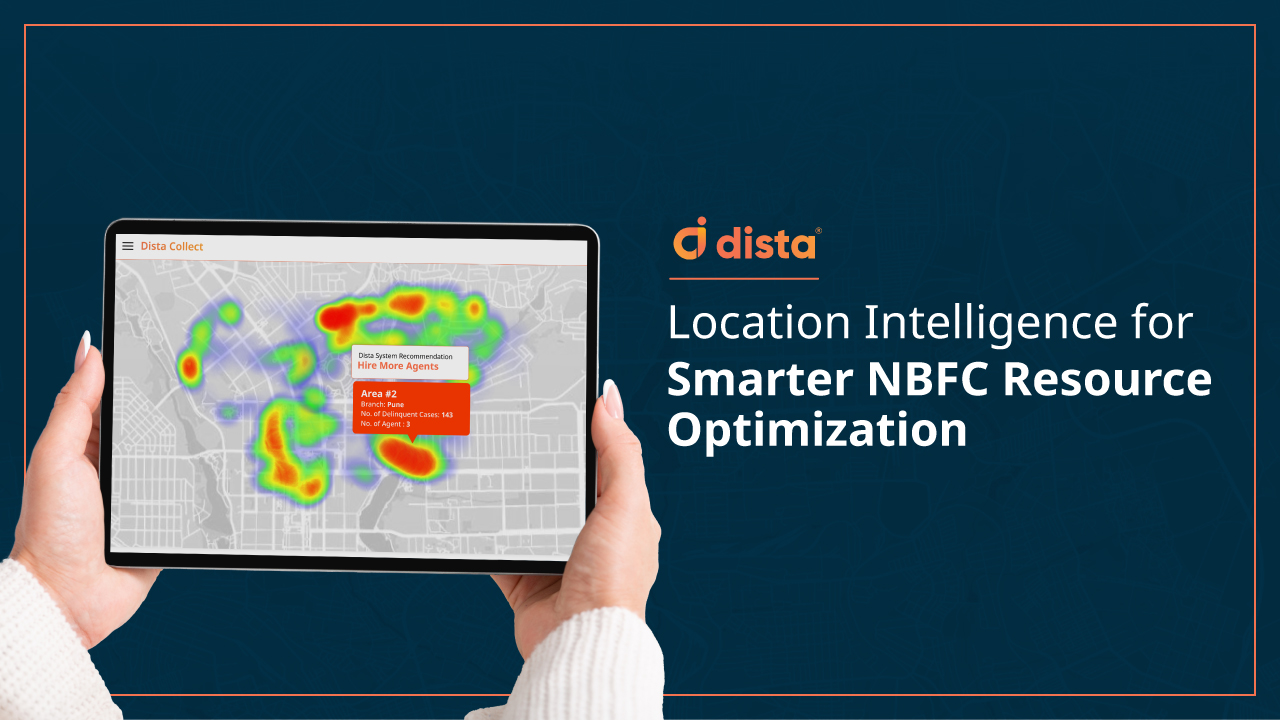Businesses today are focused on digital transformation to cater to increasing consumer demand. There is a conscious shift towards implementing AI/ML automation platforms to streamline daily operations and improve field service management and efficiency. The Field Service Management (FSM) operations are poised to keep pace with this advancement.
Read on to get more insights into key trends impacting the field service industry in 2025.
1. Mobile-first FSM Solutions
According to a report by a leading CRM software, over 75% of workers report that AI integration in mobile tools saves them time on the job by providing efficient scheduling, routing, and real-time information access.
Empowering field service technicians with comprehensive field service management software like Dista Service will streamline tasks, enable better activity tracking, and provide an app that acts as a mobile office to boost productivity. Agents can review task updates, receive instant notifications, access real-time logs, and get customers’ locations to plan their routes and improve the first-time fix rate.
Moreover, digitizing work orders improves technician efficiency, eliminates manual practices, and reduces reliance on paperwork. The app also provides access to articles and product guides on the go for the technician’s reference. A one-tap calling button to address the service requests enables seamless communication between agents and customers.
2. Rapid Adoption of AI-enabled Platforms
AI and ML are elevating field service management practices by enabling predictive maintenance, which allows companies to anticipate equipment failures before they happen. AI can detect anomalies and recommend proactive repairs by studying sensor data, usage patterns, and historical trends. This reduces unplanned downtime and maintenance costs and extends the lifespan of critical assets.
Additionally, AI-powered automation streamlines workflow management by optimizing technician scheduling, assigning tasks based on skill level and location, and automating routine service requests. Virtual assistants and AI chatbots enhance customer support by providing instant responses, troubleshooting guidance, and real-time updates, leading to faster issue resolution.
3. Use Low-Code/No-Code Integrations
The FSM sector is adopting the practice of integrating low-code/no-code platforms. This trend will allow companies to adapt to their client’s requirements without requiring specialized or additional applications to optimize workflows.
Platforms like Dista Service eliminate the need to write extensive code or create a new resource from scratch to enable field service management. They allow companies to customize existing business tools and modify the field service process without the assistance of a specialized team or IT infrastructure.
4. Blended Workforce Adoption
There is a significant shift in mindset for organizations to meet customer demand for specialized services. However, there is also an inherent risk of high employee attrition that the organization should manage regularly. Therefore, businesses require a sensible mix of full-time employees, as well as gig and remote workers —field service automation is necessary to meet this demand.
Businesses leverage this approach as it helps them respond to changes in seasonal demand and fill coverage gaps. A blended workforce lowers the risk of labor shortages and ensures the technical skill and expertise to expedite growing customer demand.
5. Prioritize Predictive Maintenance
Using AI and ML, enterprises can employ predictive maintenance for FSM. Using data from sensors and monitoring systems to anticipate potential equipment failures before they occur, it’s possible to predict problems that might arise in the future. Actively monitoring this data for the provided service allows organizations to reduce downtime, save costs, and increase the lifespan of an asset.
Organizations use predictive maintenance to prevent device failure, mitigate breakdowns, forecast customer requirements, and extend product or service lifecycle. It’s an emerging trend that will help organizations optimize field service practices.
6. Enable Self Service Portals
Organizations are focusing on developing interactive and feedback-enabled portals to troubleshoot problems that don’t require a technician at the site. A self-service portal is a great way to empower the customer and increase their satisfaction.
Field Service Management systems like Dista Service allow customers to select preferred time slots, provide feedback for services, and utilize personalized features designed to enhance user experience.
These portals also enhance information transparency and improve the visibility of current and pending requests. Moreover, client service portals are online 24/7 and feature an exclusive resource database with articles, tutorials, videos, FAQs, and other relevant resources.
7. Leverage AI and Analytics
Growing business competition has forced businesses to become data-driven. Robust AI/ML-based systems can offer insights into the probability of specific scenarios in the industry and market. The investment in advanced analytical tools will increase to gain a competitive advantage. These tools help business leaders make data-driven decisions and form intelligent business strategies.
8. Automate Scheduling and Route Optimization
A service technician’s day is spent in the field, visiting one client after the other. So, they rely on a strategic beat plan to complete their service quota. AI and ML-based field service management tools like Dista Service leverage location intelligence to optimize the field service process.
The software schedules and dispatches field agents after considering parameters like agents’ proximity, availability, and current capacity. It even considers the skills and experience of field service agents to determine the most favorable task schedule and route to follow for the assigned clients. The algorithm tracks real-time traffic updates to optimize routes on the go, ensuring a quick and safe passage for field agents.

Final Thoughts
All the above trends are majorly customer-focused and will continue to influence operations in the field service industry in 2025.
Dista Service, a robust field service management tool, helps leading enterprises improve productivity, enhance customer experience, and reduce costs.
Would you like to see the platform in action? Get in touch with us for a free demo.






